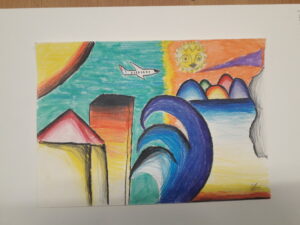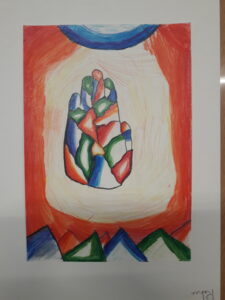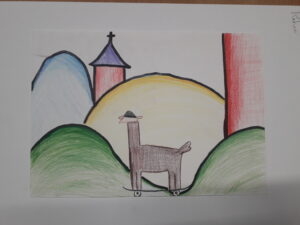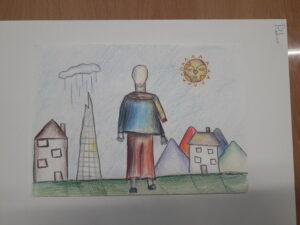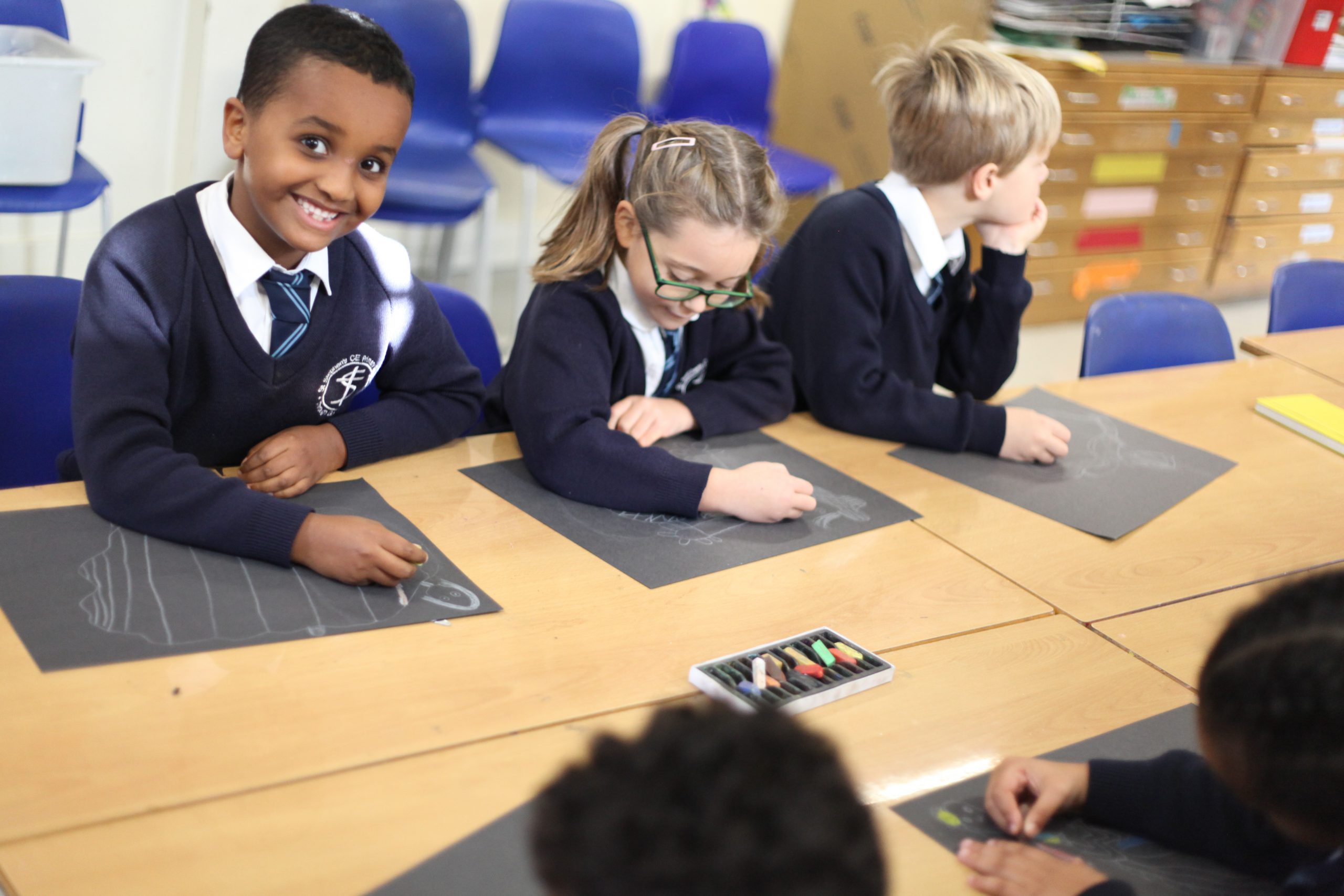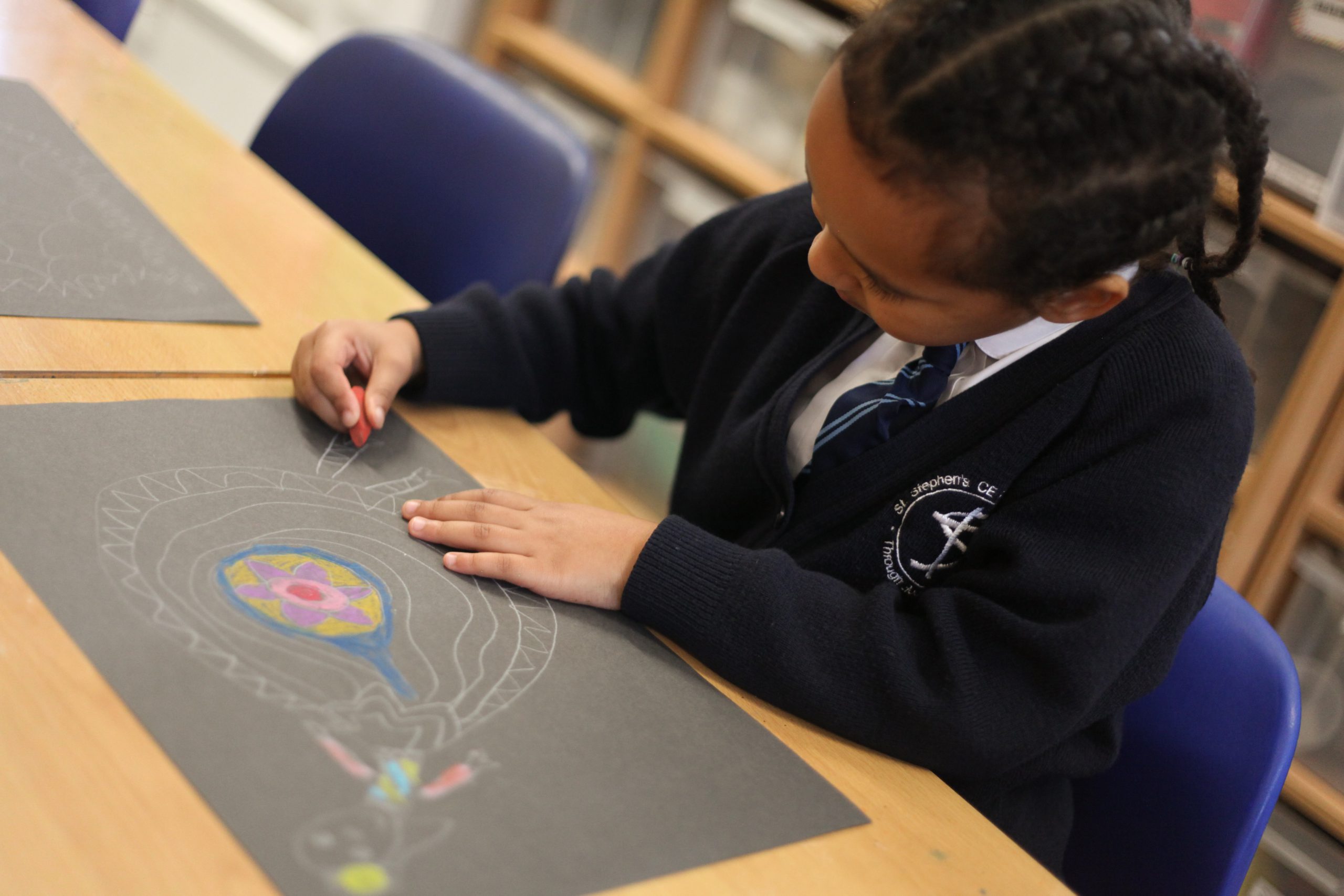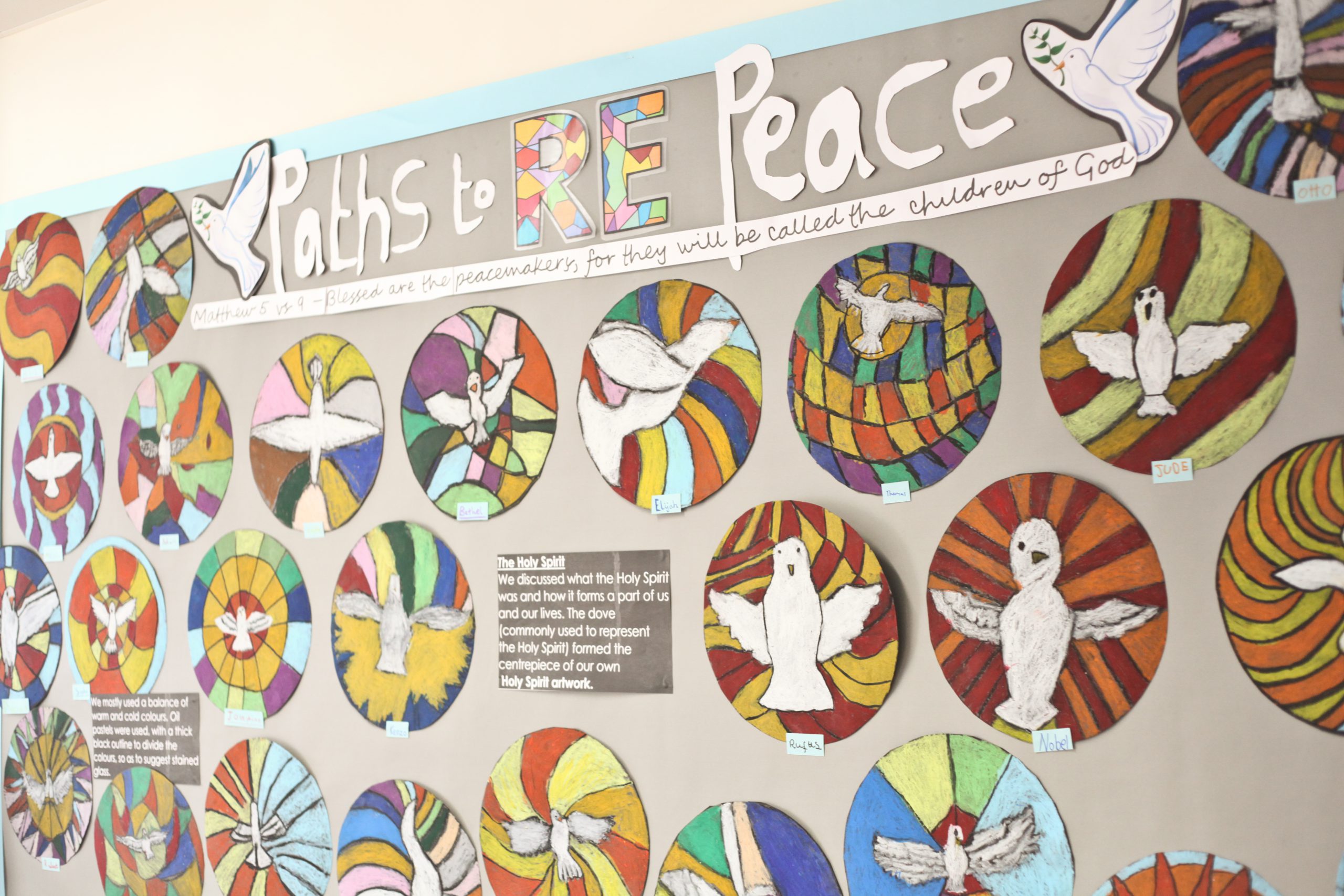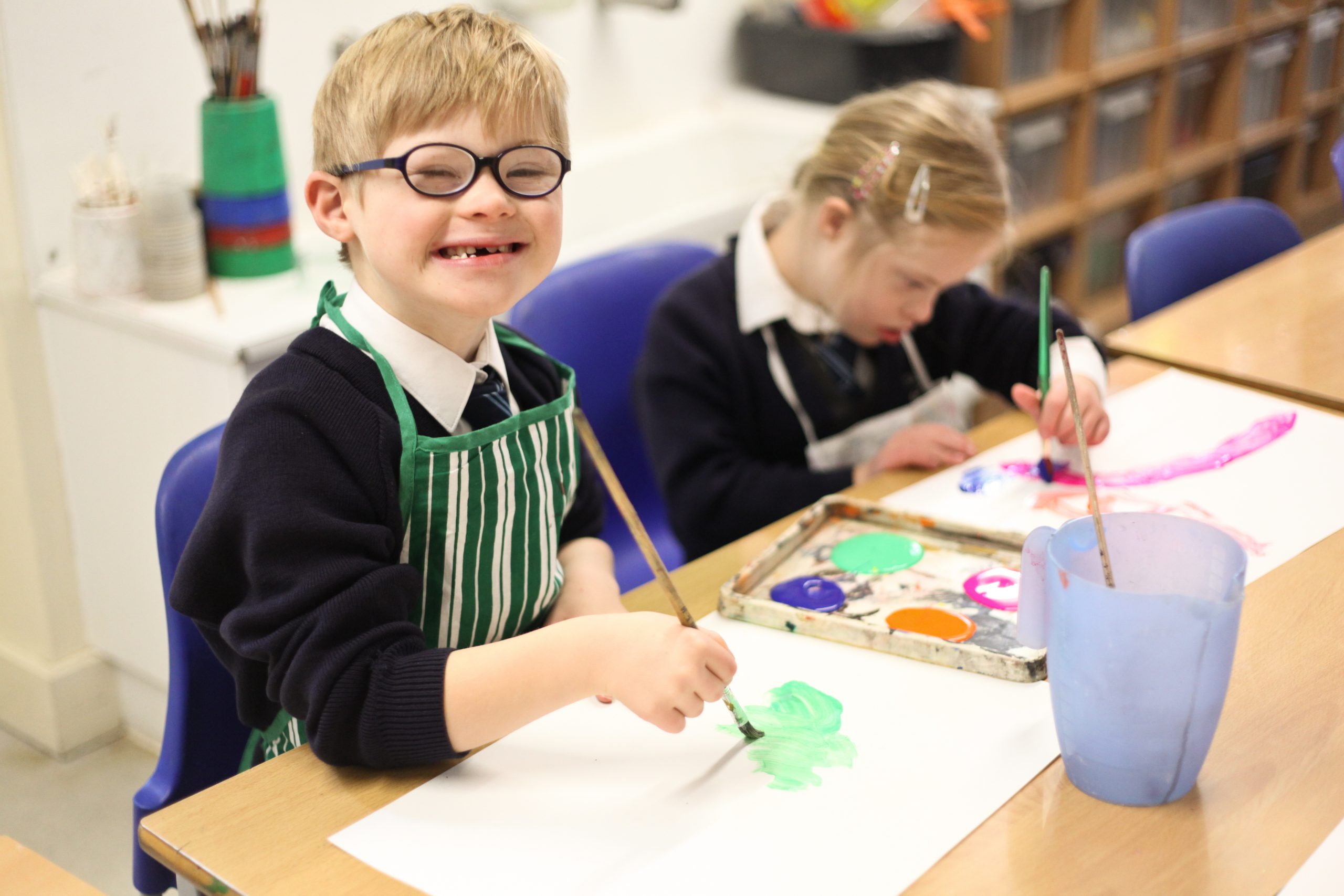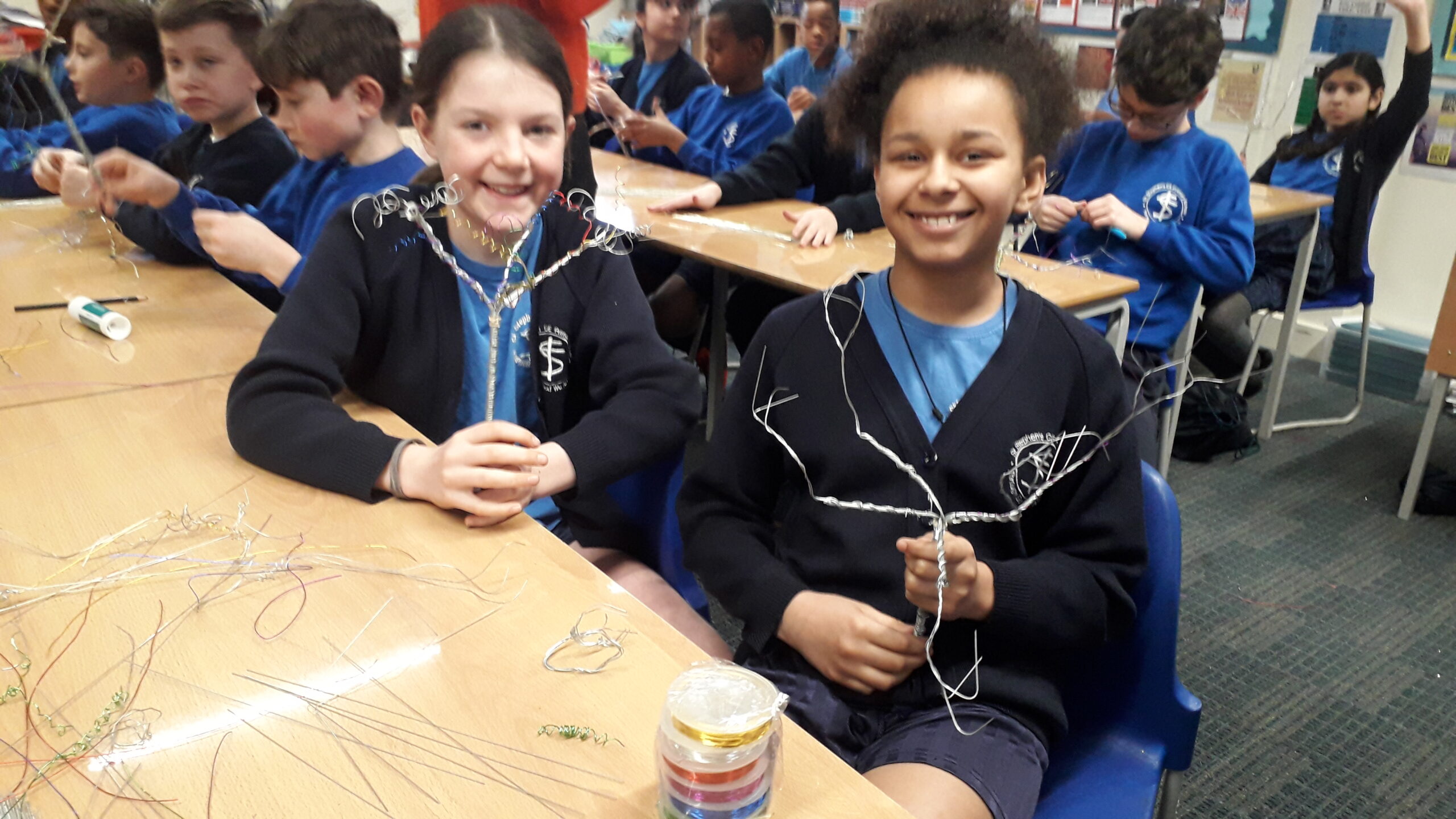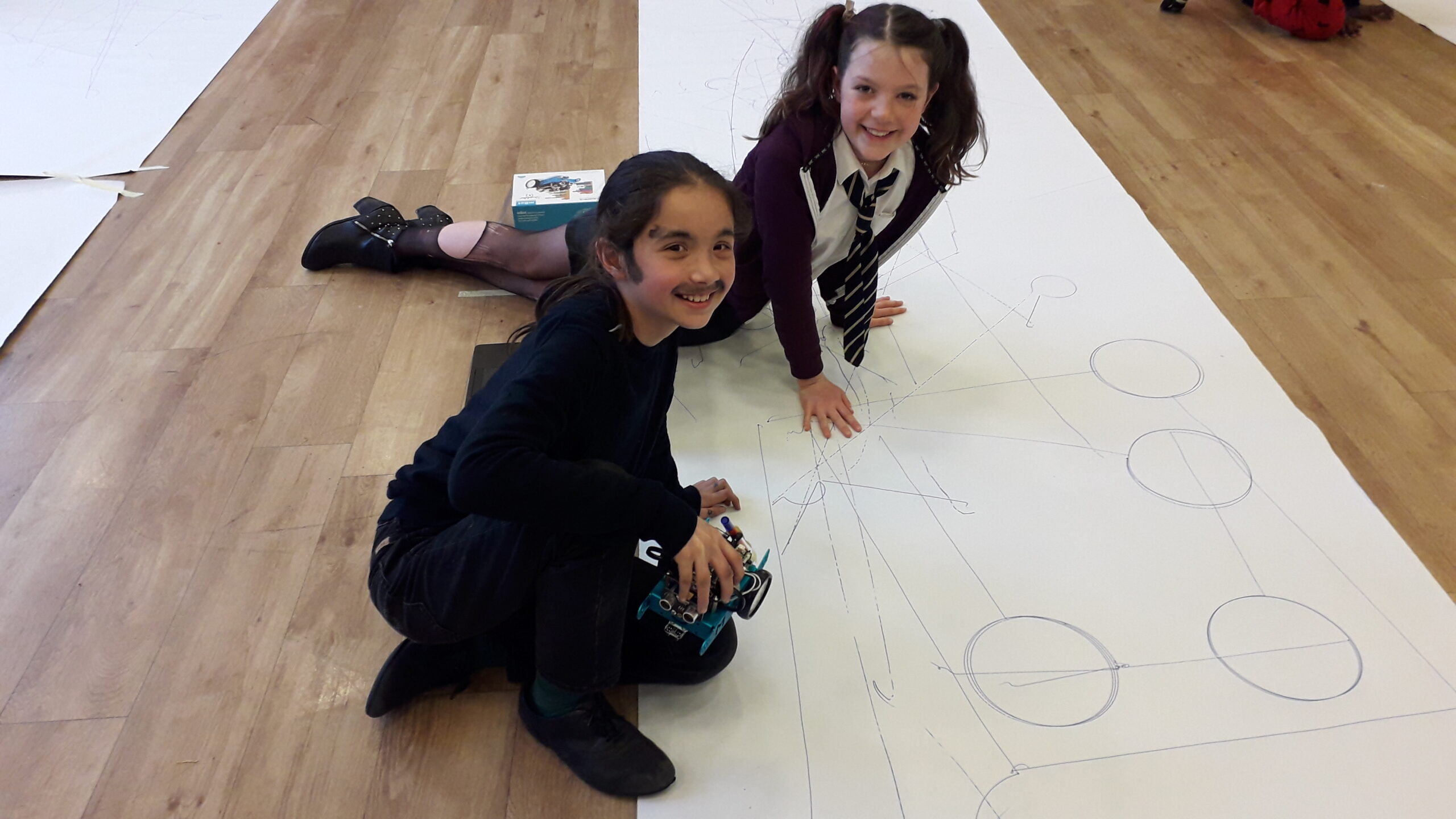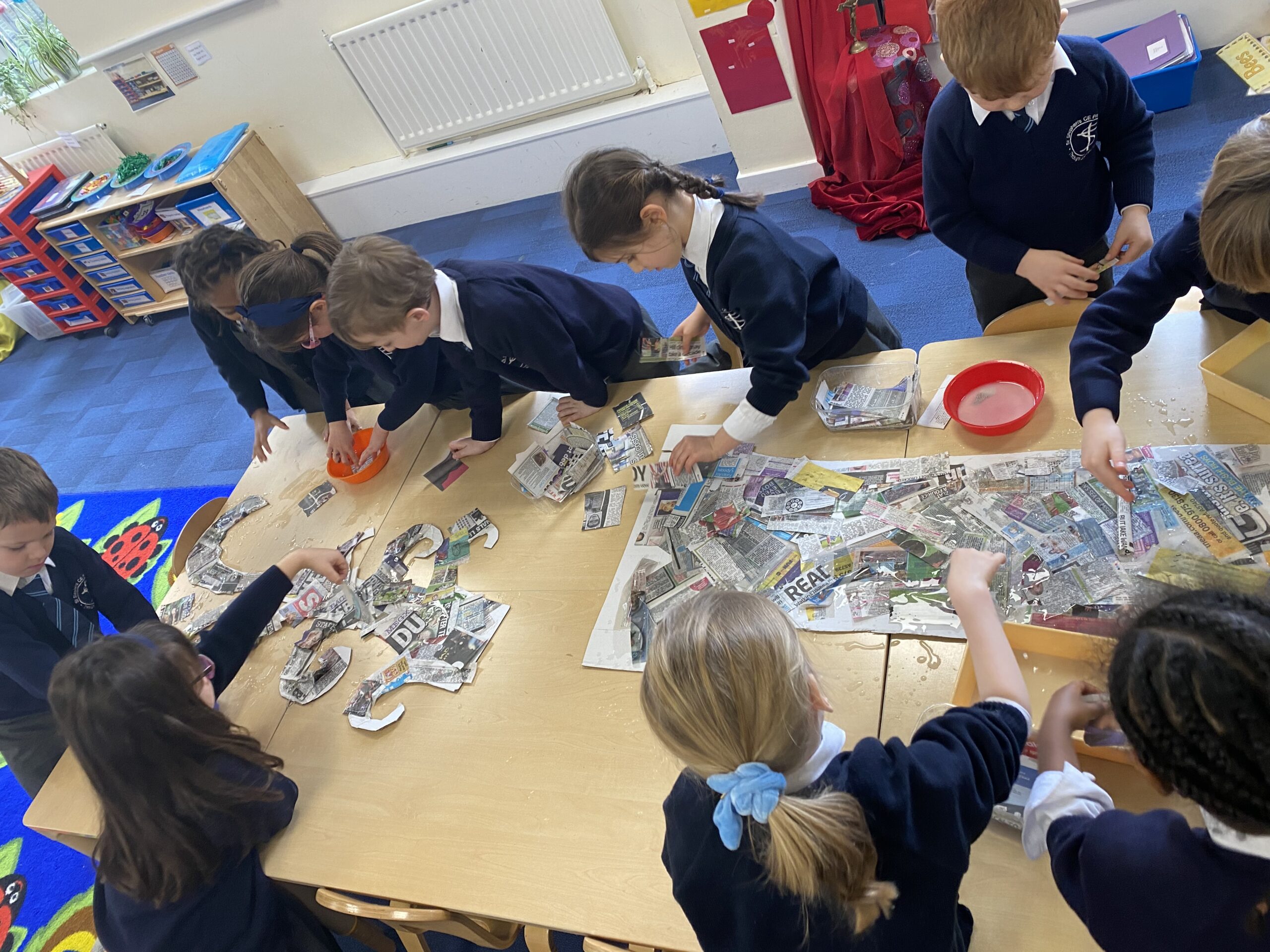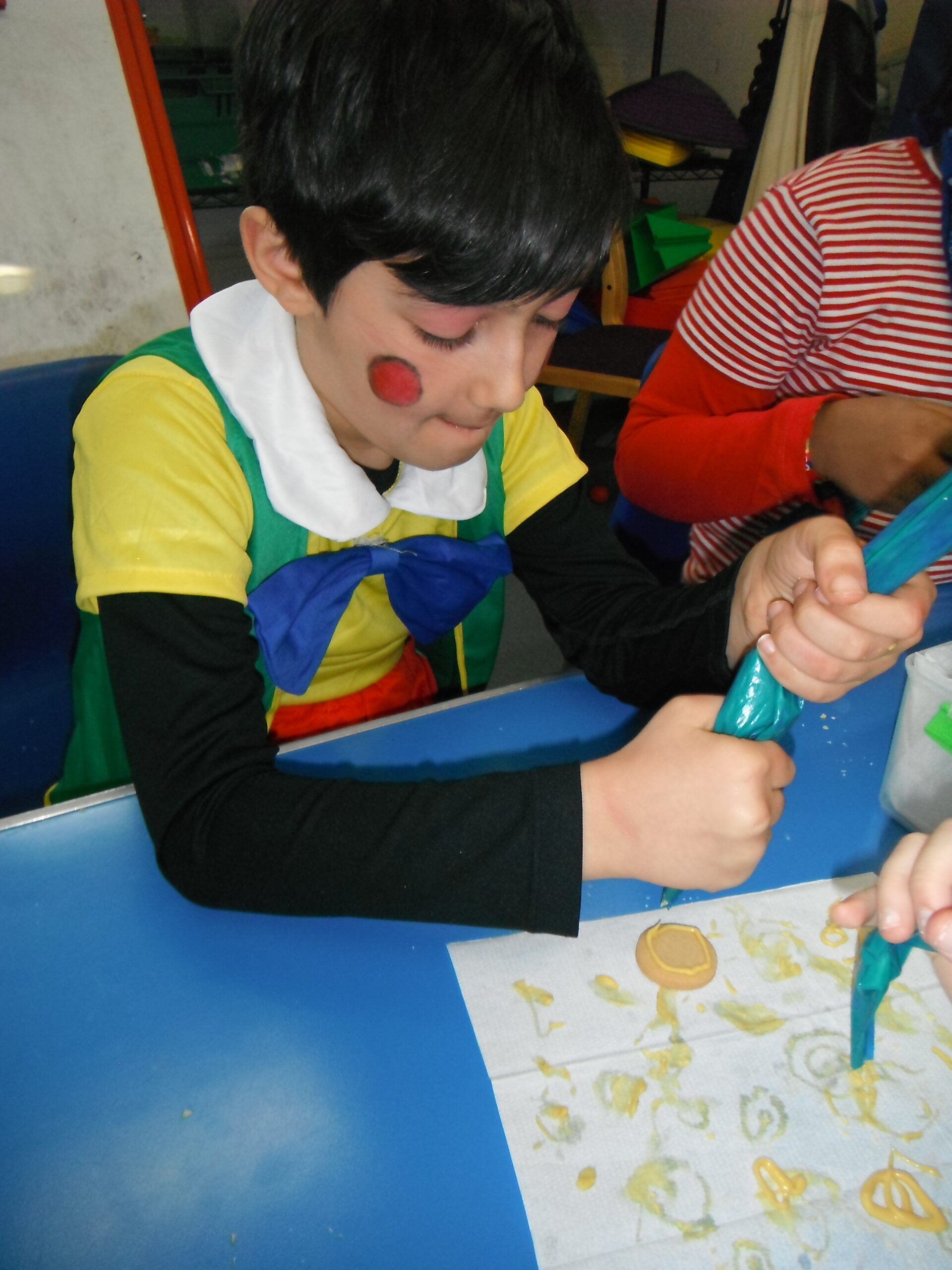Art & Design
St Stephen’s Church of England Primary School aims to celebrate the culture and creativity of our wider community, as well as those across the world in our approach to art and design. We aim to inspire pupils and develop their confidence to experiment and invent their own works of art. In weekly art and design lessons the children can develop their ability, nurture their talent and interests and express their ideas and thoughts about the world. The diverse selection of artists and artworks means that the children at St Stephen’s feel both represented and inspired by the art and artists studied. Weekly lessons are supplemented by Arts Week, Spanish Day and various other events and opportunities in which the children learn about the arts as a whole and through the lens of another culture or topic.
“Every child is an artist. The problem is how to remain an artist once we grow up.” Pablo Picasso.
At St Stephen’s we are committed to ensure every child appreciates the joy and freedom of creativity, whilst ensuring that they receive a thorough and varied experience of art and design which will enable them to express themselves now and in the future.
St Stephen’s Church of England Primary School aims to celebrate the culture and creativity of our wider community, as well as those across the world in our approach to art and design. We aim to inspire pupils and develop their confidence to experiment and invent their own works of art. In weekly art and design lessons the children can develop their ability, nurture their talent and interests and express their ideas and thoughts about the world. The diverse selection of artists and artworks means that the children at St Stephen’s feel both represented and inspired by the art and artists studied. Weekly lessons are supplemented by Arts Week, Spanish Day and various other events and opportunities in which the children learn about the arts as a whole and through the lens of another culture or topic.
“Every child is an artist. The problem is how to remain an artist once we grow up.” Pablo Picasso.
At St Stephen’s we are committed to ensure every child appreciates the joy and freedom of creativity, whilst ensuring that they receive a thorough and varied experience of art and design which will enable them to express themselves now and in the future.
Art Curriculum Links

Events

The children are given many opportunities outside their weekly art lessons to enjoy art. Arts Week is our main art event of the year. However, Hispanic Day, Black Voices Week, Science Week and many other events give the children the opportunity to learn about the arts as a whole and through the lens of another culture or topic.
Arts Week 2021:
https://www.ststephensce.lbhf.sch.uk/teaching-and-learning/arts-week-2021/
Our Great Work Gallery
Year 1

McNaughton enjoyed a visit from artist, Chris Argyle, who led them in a workshop all about mixing primary colours! The children had to use watercolours in order to create the secondary colours and paint the tulips drawn by Chris.
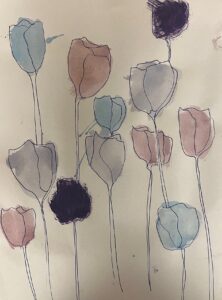
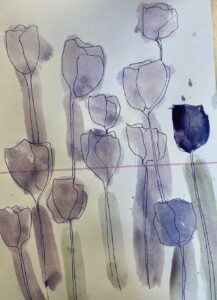
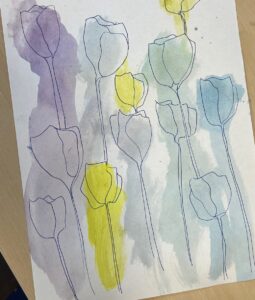
Year 1 created still life drawings of different fruits. They were given a fruit to look at and draw. They used a range of different media: colouring pencils, oil pastels and felt-tip pens, in order to create the still life. They experimented with different mark making techniques in order to represent the texture of the fruit. 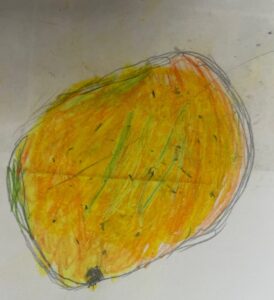
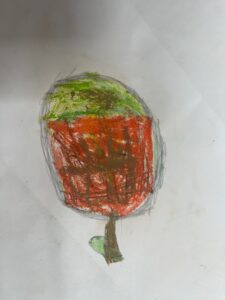
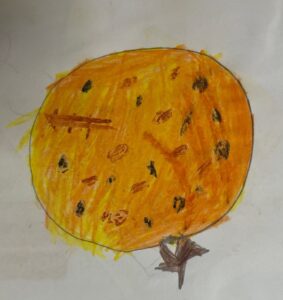
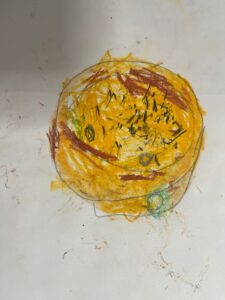
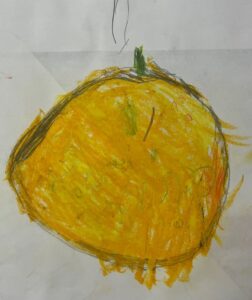
During their exploration of primary and secondary colours, the children used Lego bricks to create patterns. They experimented with overlapping primary colours to make secondary colours. 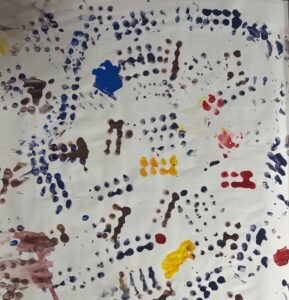
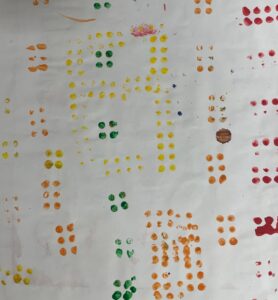
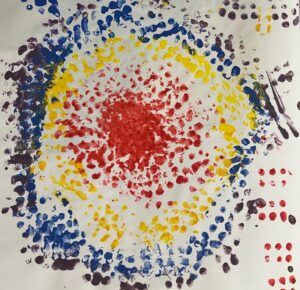 Year 1 created artwork inspired by Numbers by Jasper Johns. They explored using the primary colours to create secondary colours in order to paint the numbers they had written.
Year 1 created artwork inspired by Numbers by Jasper Johns. They explored using the primary colours to create secondary colours in order to paint the numbers they had written.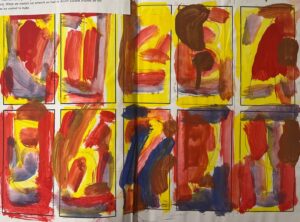
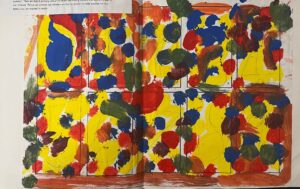 During Black Voices Week, Year 1 McNaughton created feathers inspired by the illustrations in the story Chicken in the Kitchen by Nnedi Okafor. The children chose patterns they could see in the feathers on the illustration of the chicken in the story. They then went over their patterns in wax crayon. Finally, they used watercolours to create a wax resist.
During Black Voices Week, Year 1 McNaughton created feathers inspired by the illustrations in the story Chicken in the Kitchen by Nnedi Okafor. The children chose patterns they could see in the feathers on the illustration of the chicken in the story. They then went over their patterns in wax crayon. Finally, they used watercolours to create a wax resist. 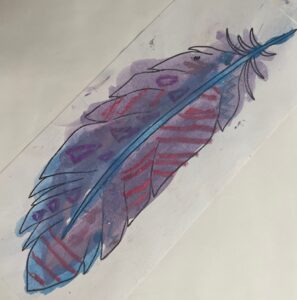
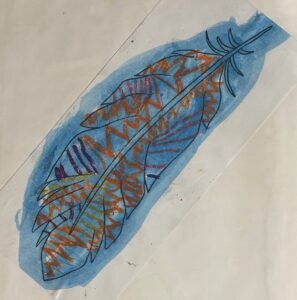
Year 2

Year 3

Year 3 are learning about Ancient Egypt in History and Art this term. We have been looking at Ancient Egyptian art and discussing their use of muted colours on papyrus (which we will make this term). We stained our own paper (using tea bags and watered down paint) to give the effect of papyrus and used mixed media to make our own Ancient Egypt inspired work.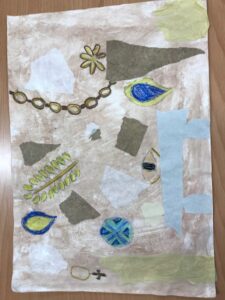
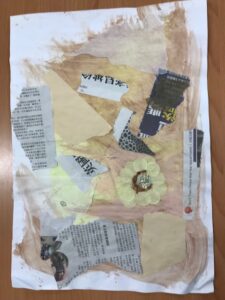
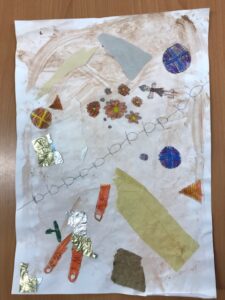
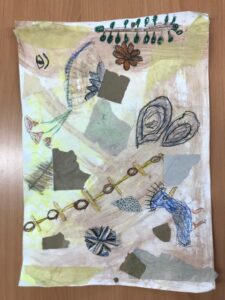
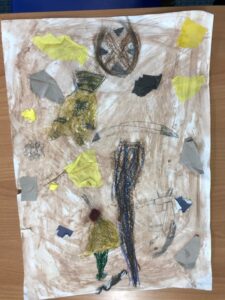
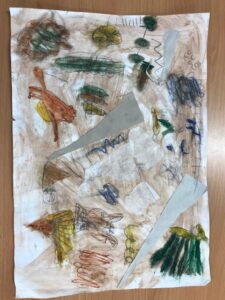
Year 3 looked at a range of geometric shapes from around the school and used drawing techniques, such a shading, to sketch them. They thought carefully about both geometric and organic shapes.
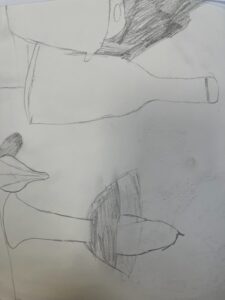
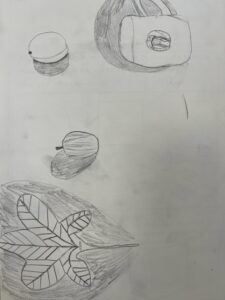
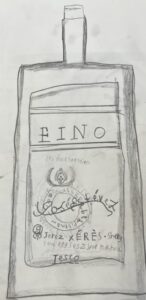
Year 3 used their observational skills to draw a variety of plants and flowers. They worked in small groups or pairs to look carefully at the plants. They looked carefully at the different shapes they could see within the flowers. They initially sketched small pattern sections and then created their own observational artwork.
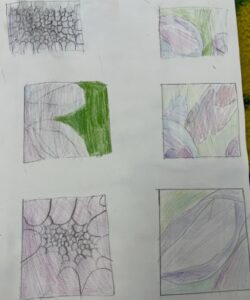

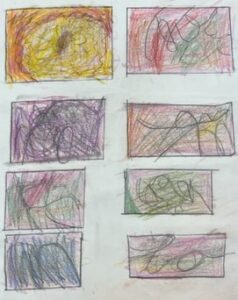
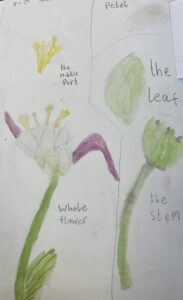
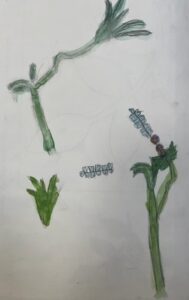
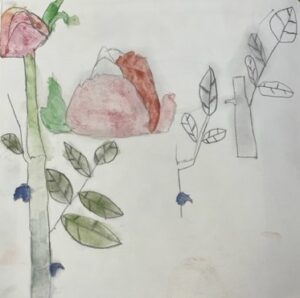
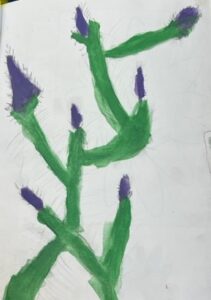
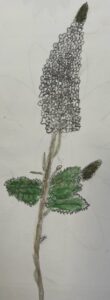
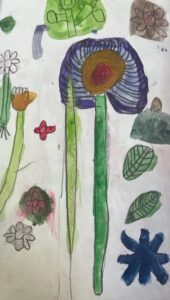
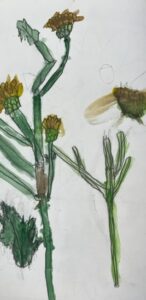
Year 3 made their own abstract drawings inspired by Georgia O’Keeffe. They started by drawing at least 3 rectangles on their page. They then used a viewfinder to move over their chosen image to select an interesting composition. When they had framed a section, they sketched what they could see. They then drew this on A3 paper and used chalk and pastels to complete their final piece. 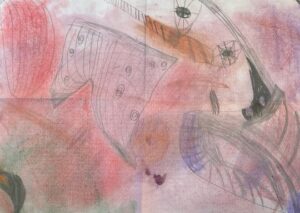
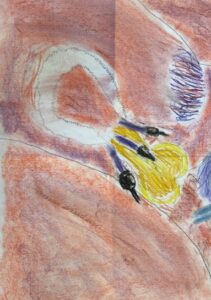
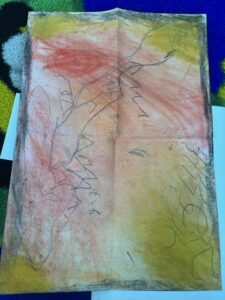
Year 4

On the left, the class learned about Henry Moore and the hatching techniques he used in his drawings (that they learned in Year 3). After a quick practice of curved hatching, they recreated their collages from the previous lesson in their sketch books. In the second part of the lesson they designed colourful backgrounds using wax crayons, which will be painted black in preparation for the final lesson.
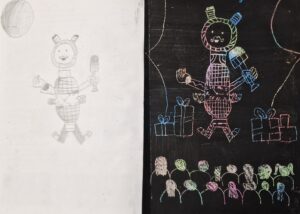
In their Art lesson the class learned about Henri Matisse and his collage making style of ‘Drawing with Scissors’. Using printed images they explored how pattern, symmetry, tone and contrast can affect the end result. They then created a collage to use as inspiration for the drawing composition they will create in the next lesson.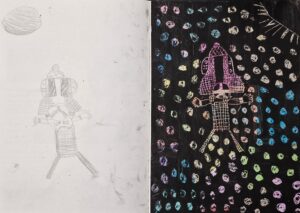
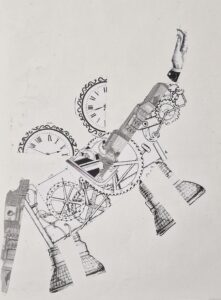
In Design and Technology, the children had to create a pavilion. They had to create the structure based on their design, keeping in mind it should be aesthetically pleasing. 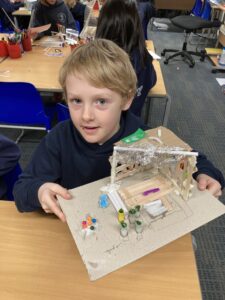

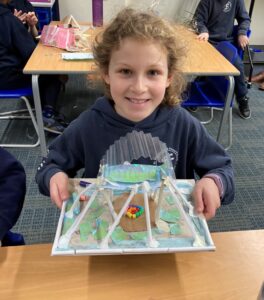
Year 5

In Art, we continued our unit on Sculpture and 3D art with the challenge of transforming a chair into something unique and extraordinary. It was a real test of our problem solving skills as we had to change and adapt ideas as we worked with the materials provided. The children took everyday items and used their imagination to tell a story or create a scene. Working as a team, with a positive attitude, all groups managed to make something amazing.
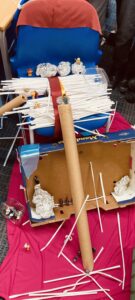
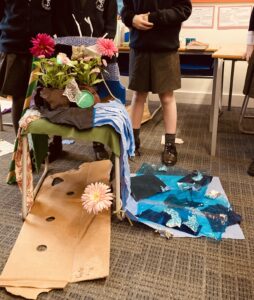
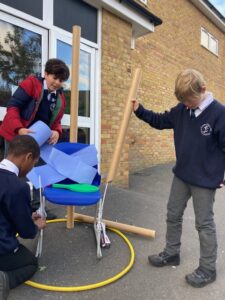
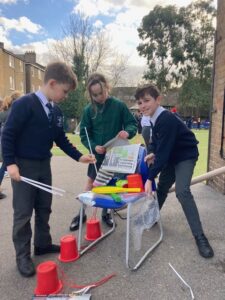
In Art, we continued our unit on Sculpture and 3D art with the challenge of transforming a chair into something unique and extraordinary. It was a real test of our problem solving skills as we had to change and adapt ideas as we worked with the materials provided. The children took everyday items and used their imagination to tell a story or create a scene. Working as a team, with a positive attitude, all groups managed to make something amazing. 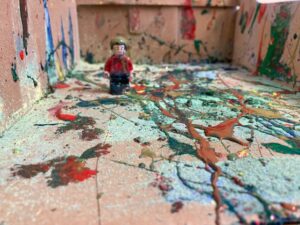
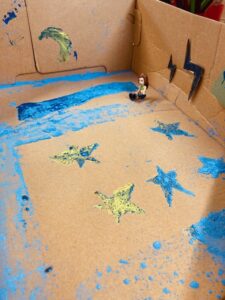
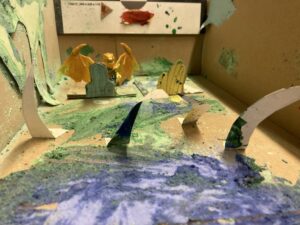
On Hispanic day, Year 5 learned about Cuba and this included the colourful artwork of Amelia Pelàez. The children learned about the cubist art movement and its evident influence on Pelàez’s work. The children then looked closely at some exotic fruit purchased from Shepherd’s Bush market, taking note of the shapes and colours before creating their own still lifes, using oil pastels, inspired by Pelàez. 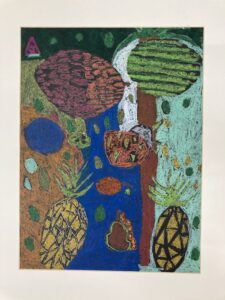
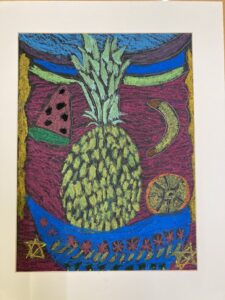
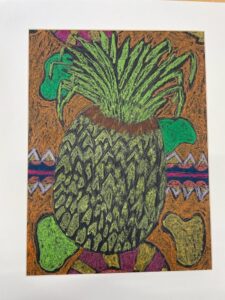
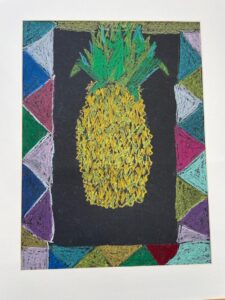
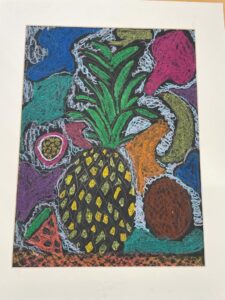
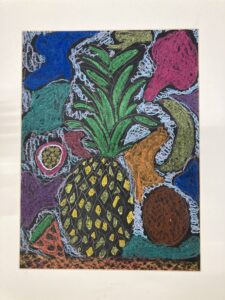
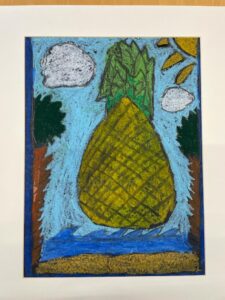
Year 6

Year 6 really enjoyed making their own Graffiti style work! They discussed what makes art ‘Art’, and discussed the similarities and differences between different artistic styles.
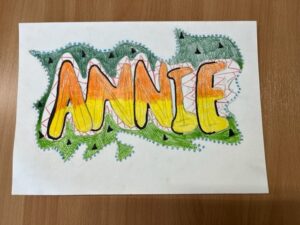
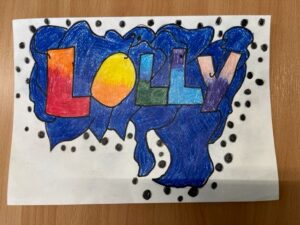
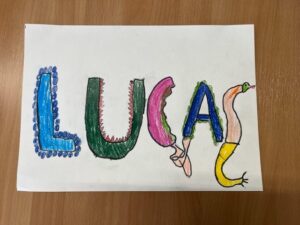
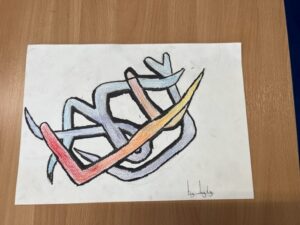
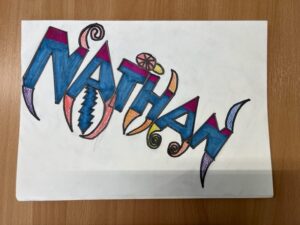
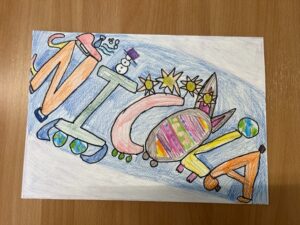
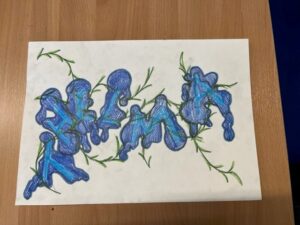
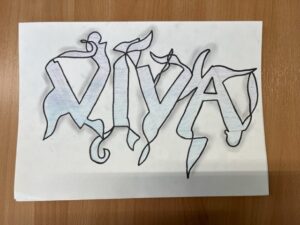
Y6’s focus for Hispanic Day was Bolivia. The children learned a lot about this land-locked South American country, primarily through the indigenous Bolivian of Aymara decent, Roberto Mamani Mamani, who is widely regarded as the country’s finest painter. His vibrant and colourful artwork expertly uses Andean symbolism to tell the story of his fascinating indigenous traditions. The children created their own art in his style, telling their own stories.